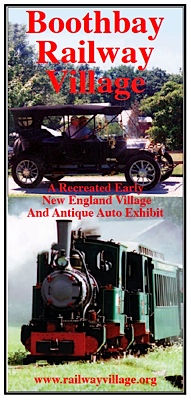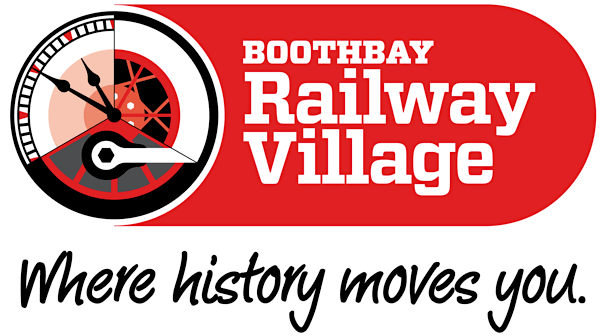
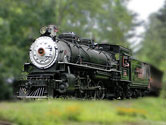






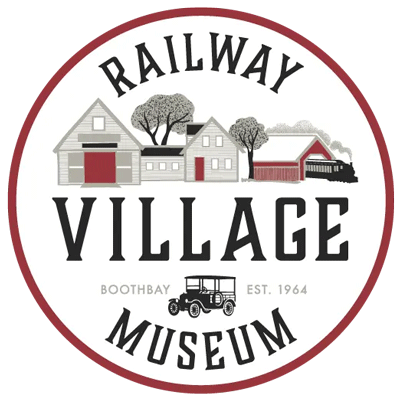 |
Railway Village MuseumBoothbay Railway Village |

Boothbay, Me / Jul 2006 / RWH

 he Boothbay Railway Village has both an R and S stamp with the capabilities of fabricating and repairing historic steam boilers. Our active machine shop offers consultations, professional advise and evaluations to other museums and private owners.
Our ability to perform code work on boilers is unique in the museum field. We are fortunate to able to keep our locomotives and those of other historic preservation efforts in proper operating condition.
The funds earned through contract work in our shop directly support the Museum’s general operating fund.
he Boothbay Railway Village has both an R and S stamp with the capabilities of fabricating and repairing historic steam boilers. Our active machine shop offers consultations, professional advise and evaluations to other museums and private owners.
Our ability to perform code work on boilers is unique in the museum field. We are fortunate to able to keep our locomotives and those of other historic preservation efforts in proper operating condition.
The funds earned through contract work in our shop directly support the Museum’s general operating fund.
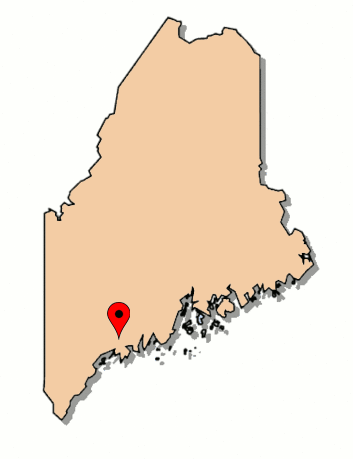
 ocated in Boothbay, in lower coastal Maine, the Railway Village Museum, formerly known as the Boothbay Railway Village, features a wide variety of antique transportation exhibits, including a loop of 2' narrow gauge track and a stable of rare Henschel well tank steamers made in Germany. The village has an operating steam shop for servicing and overhauling its locomotives as well as for contract work for other narrow gauge operations.
ocated in Boothbay, in lower coastal Maine, the Railway Village Museum, formerly known as the Boothbay Railway Village, features a wide variety of antique transportation exhibits, including a loop of 2' narrow gauge track and a stable of rare Henschel well tank steamers made in Germany. The village has an operating steam shop for servicing and overhauling its locomotives as well as for contract work for other narrow gauge operations.

Click to see the Boothbay Railway Village plotted on a Google Maps page
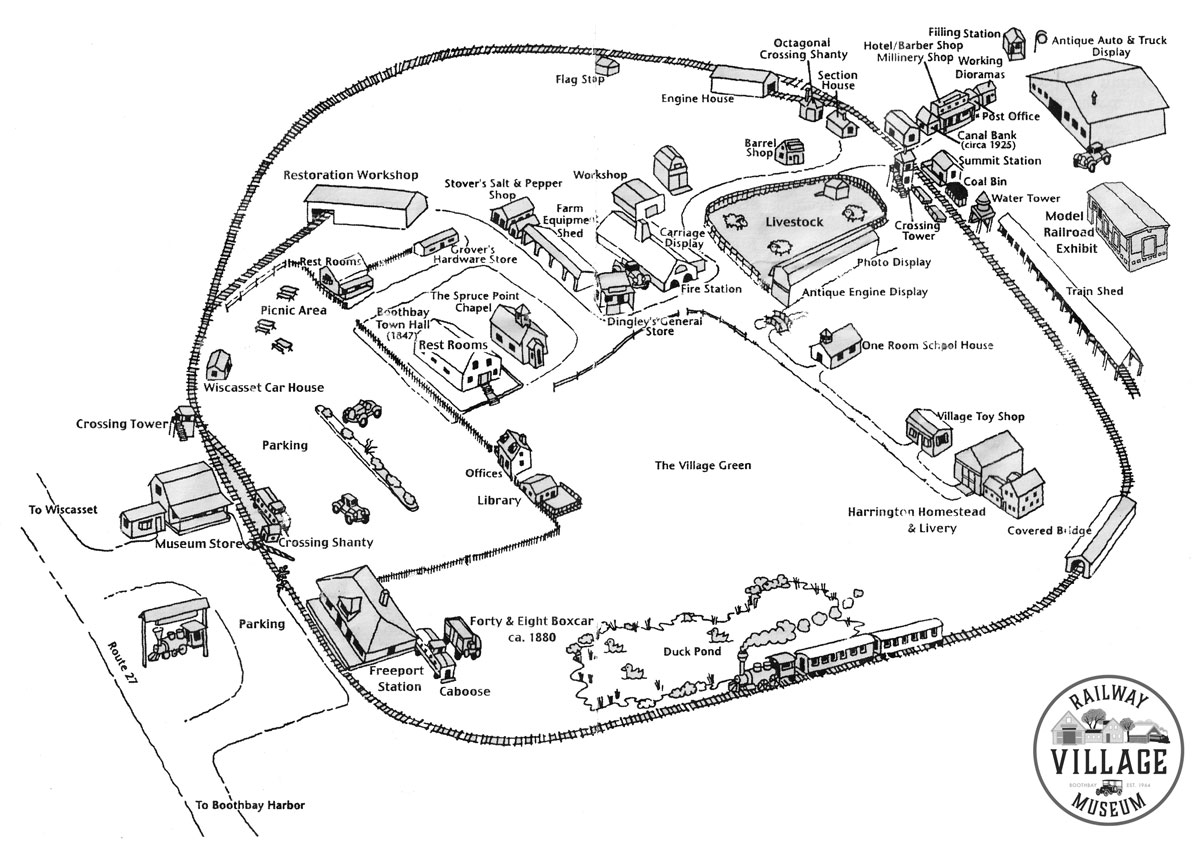
adapted RWH

collection
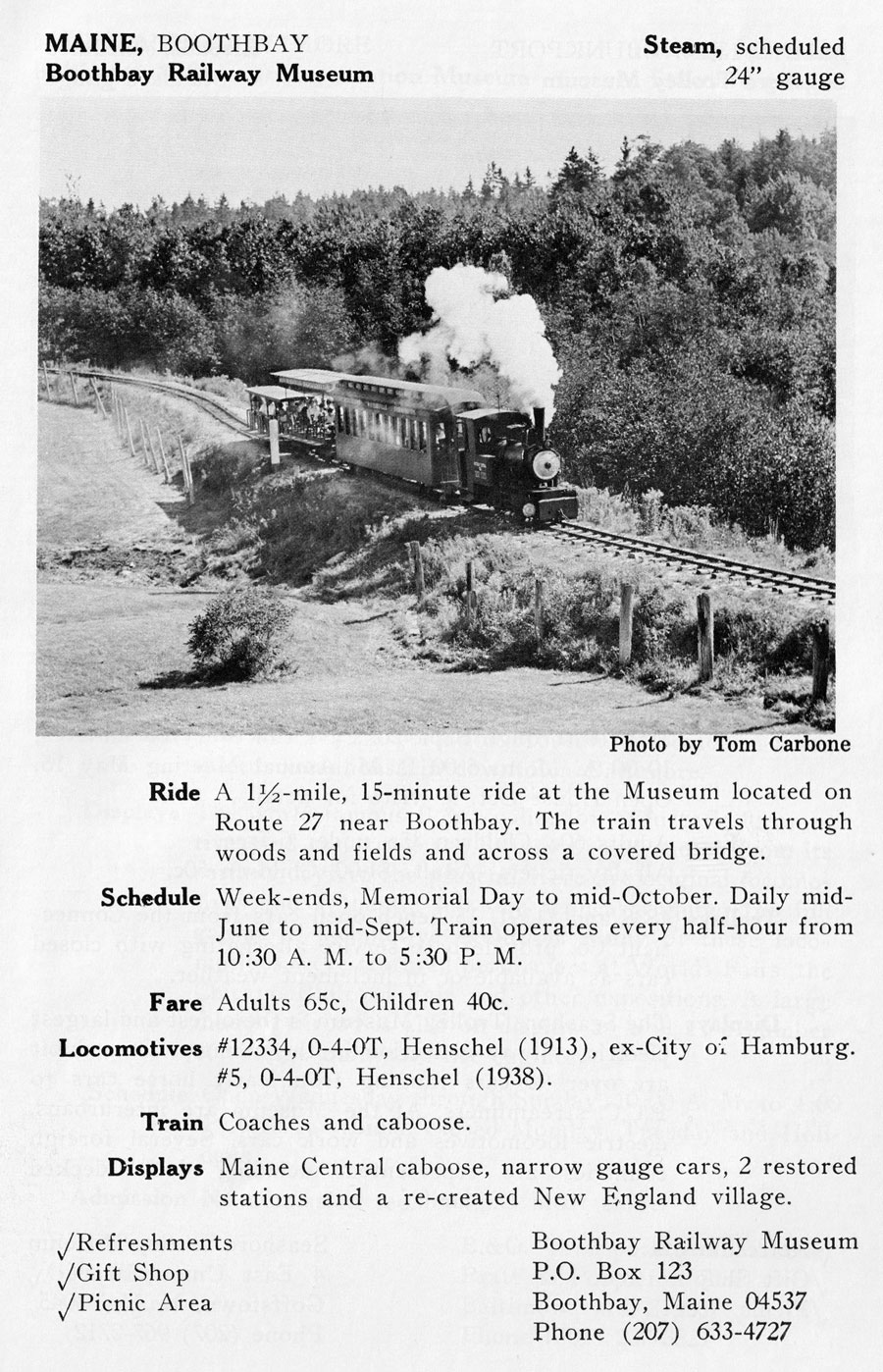
1971 tourist train guide ad / collection
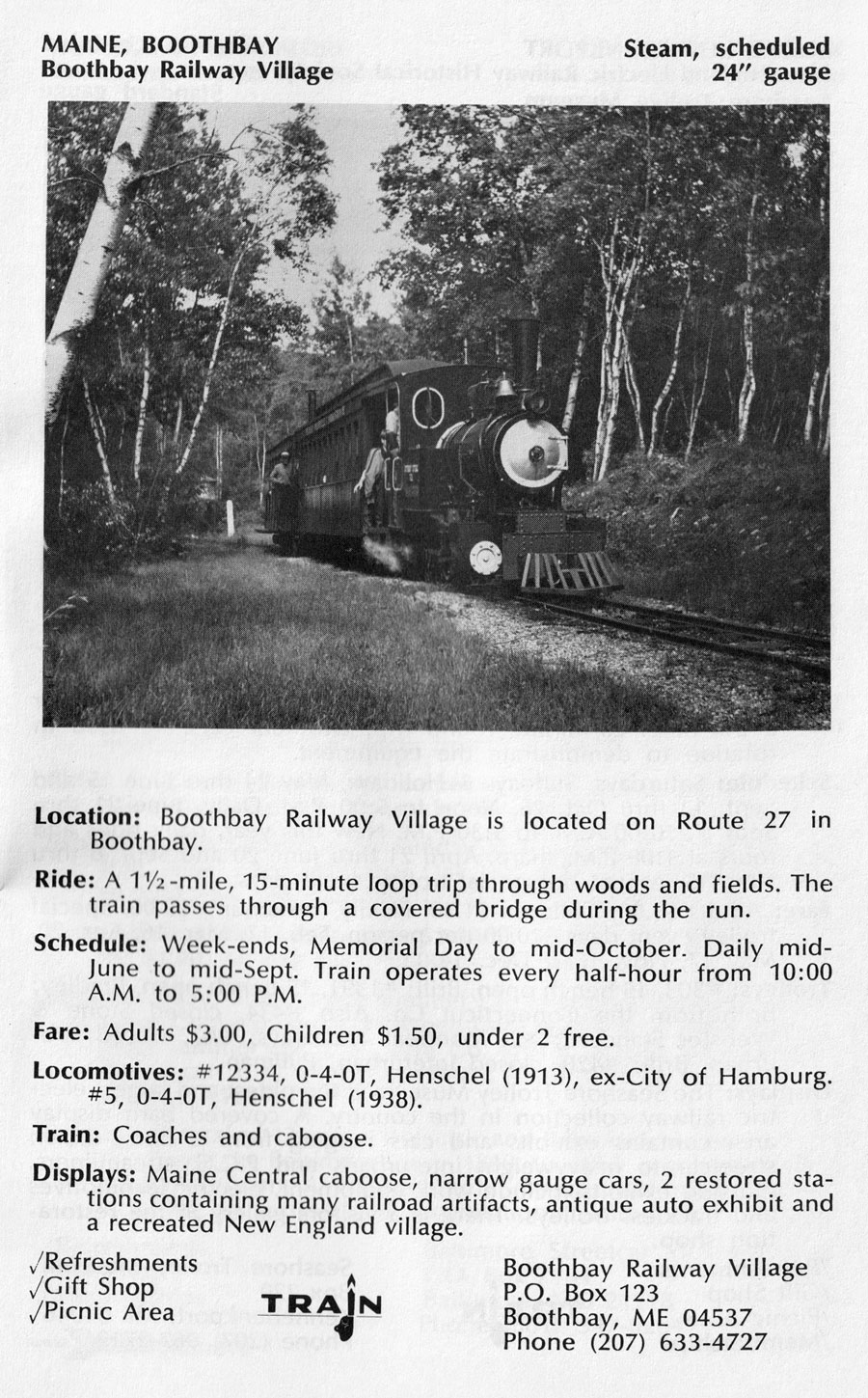
1980 tourist train guide ad / collection
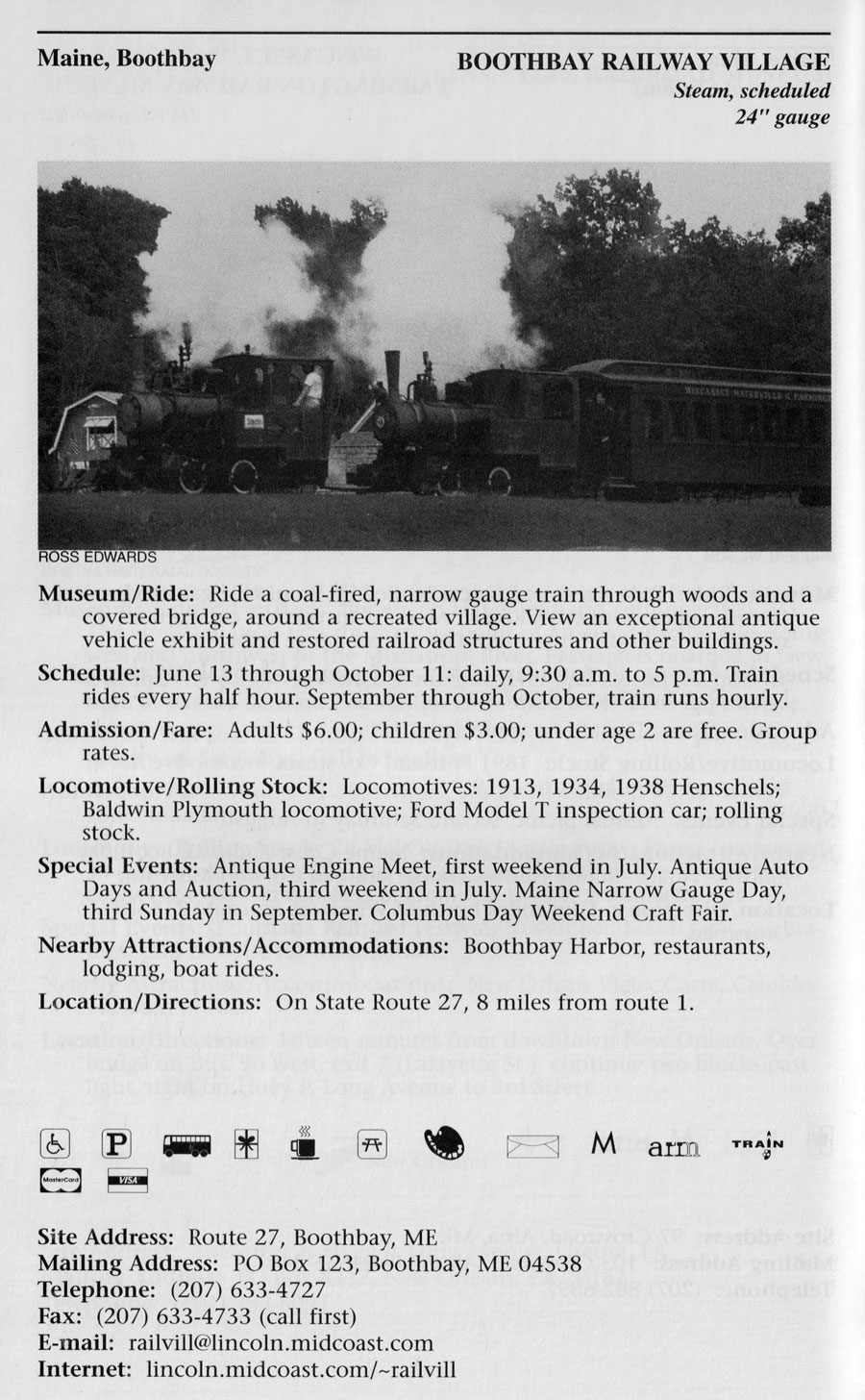
1998 tourist train guide ad / collection
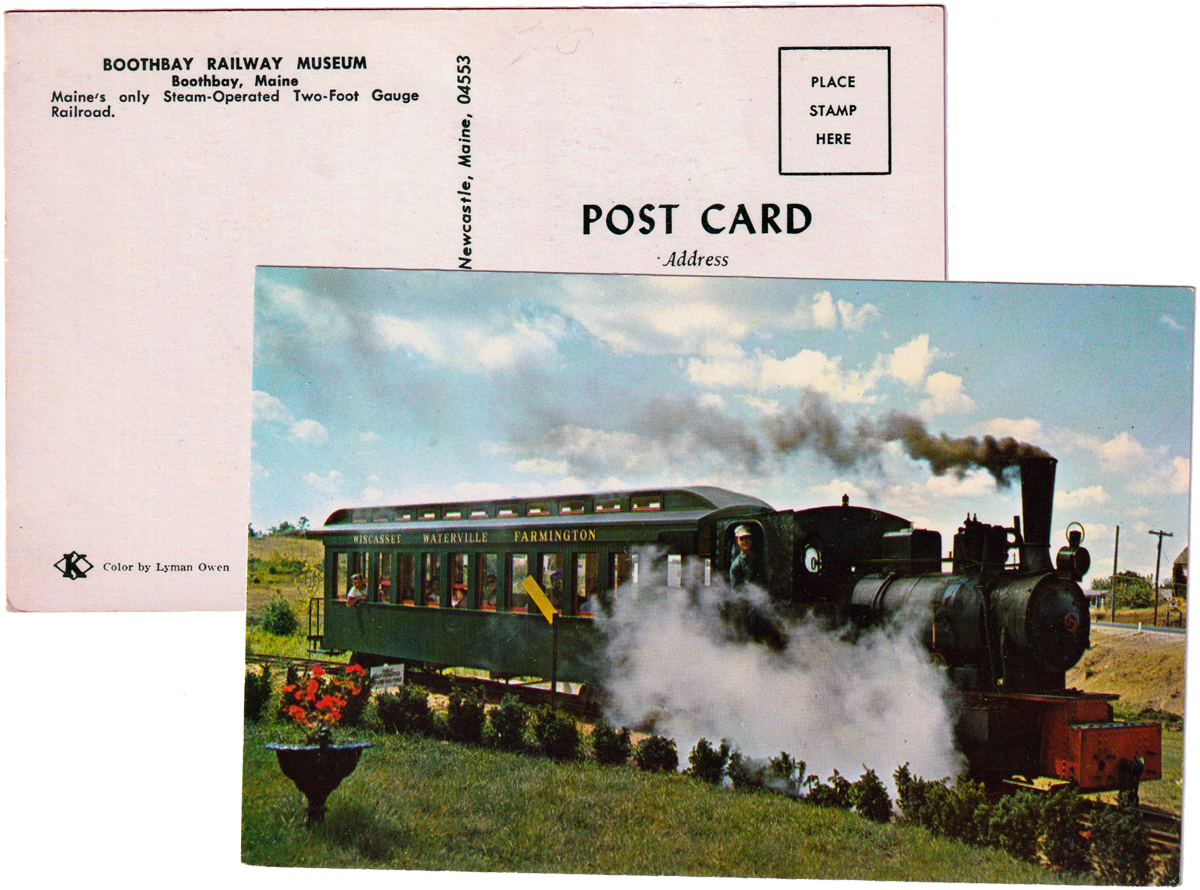
postcard / collection
Equipment

Boothbay Railway Village #6
Boothbay, Me / Jul 2006 / RWH


Boothbay Railway Village #6
to Boothbay Railway Village, 1969

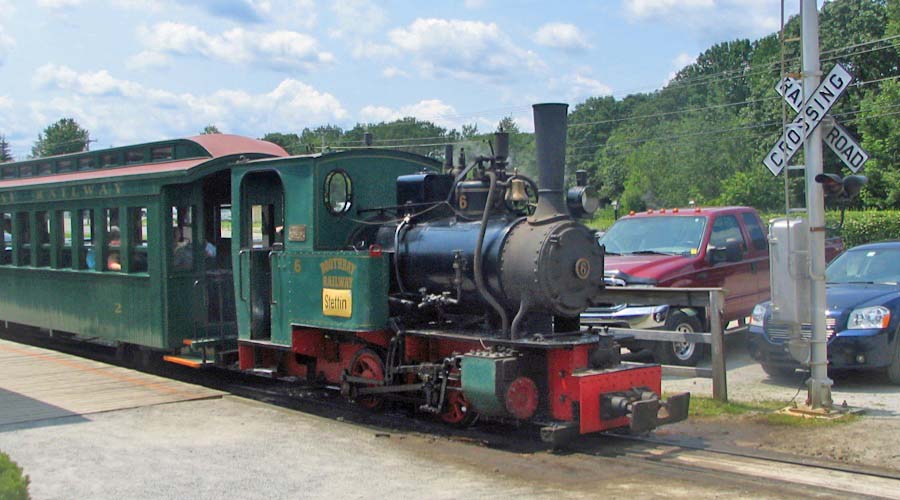
Boothbay, Me / Jul 2006 / RWH
Henschel & Son (German: Henschel und Sohn) was a German company, located in Kassel, best known during the 20th century as a maker of transportation equipment, including locomotives, trucks, buses and trolleybuses, and armoured fighting vehicles and weapons. Georg Christian Carl Henschel founded the factory in 1810 at Kassel. His son Carl Anton Henschel founded another factory in 1837. In 1848, the company began manufacturing locomotives. The factory became the largest locomotive manufacturer in Germany by the 20th century. Henschel built 10 articulated steam trucks, using Doble steam designs, for Deutsche Reichsbahn railways as delivery trucks. Several cars were built as well, one of which became Hermann Göring's staff car. In 1935 Henschel was able to upgrade its various steam locomotives to a high-speed Streamliner type with a maximum speeds of up to 140 km/h (87 mph) by the addition of a removable shell over the old steam locomotive.
 Boothbay #7 Rebuild
Boothbay #7 Rebuild
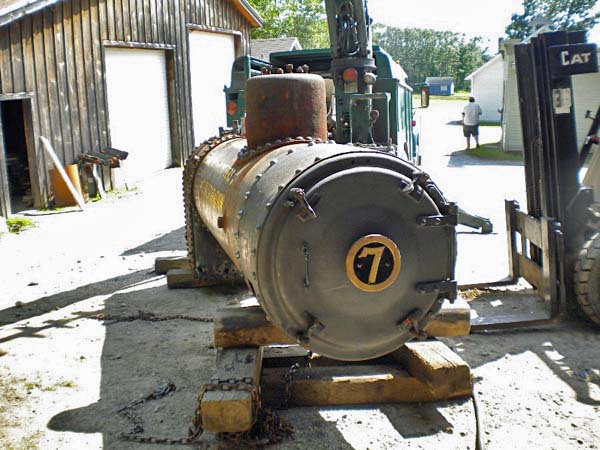
Boothbay, Me / Jul 2009 / Tom Ledford

Boothbay, Me / Jul 2009 / Tom Ledford
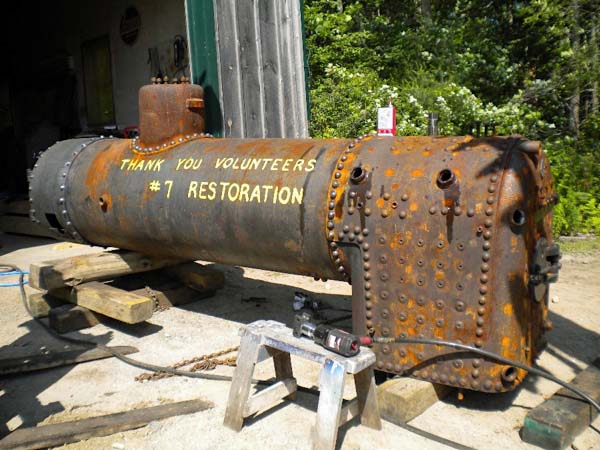
Boothbay, Me / Jul 2009 / Tom Ledford
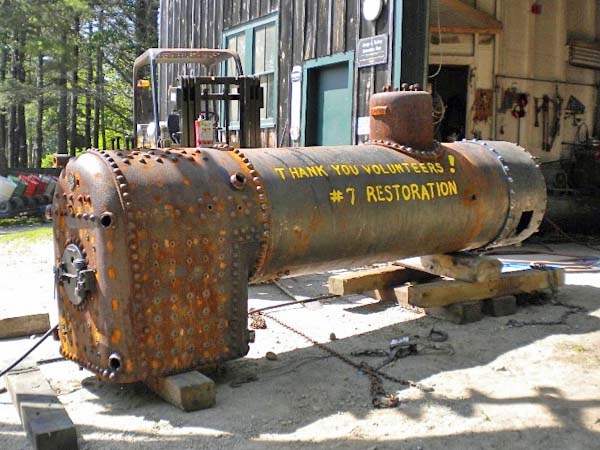
Boothbay, Me / Jul 2009 / Tom Ledford

Boothbay, Me / Jul 2009 / Tom Ledford

Boothbay, Me / Jul 2009 / Tom Ledford
HawkinsRails thanks Virginia railfan Tom Ledford for use of his #7 rebuild photos

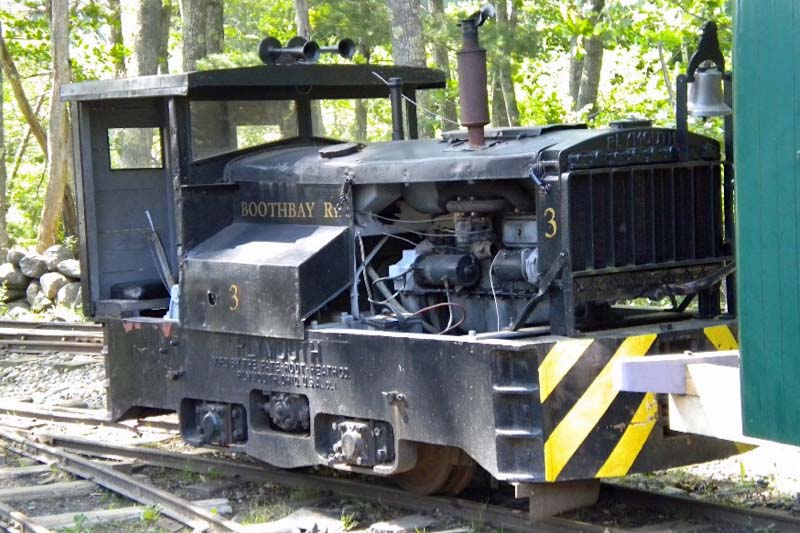
Boothbay Railway Village #3
Plymouth industrial switcher / Boothbay, Me / Jul 2009 / Tom Ledford
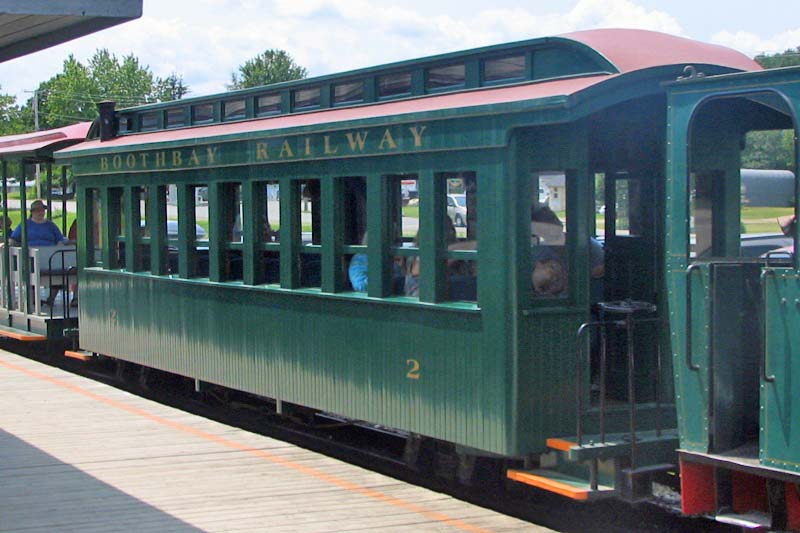
Boothbay Railway Village #2
2' gauge coach (1965) / Boothbay, Me / Jul 2006 / RWH
Ride

Boothbay, Me / Jul 2006 / RWH
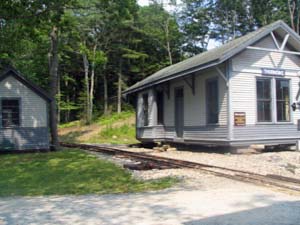
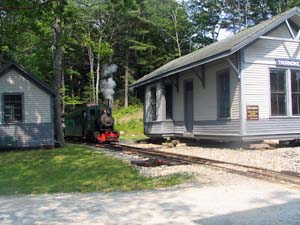
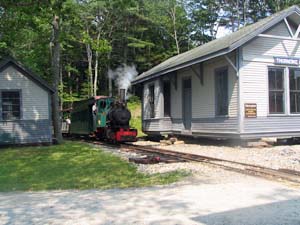
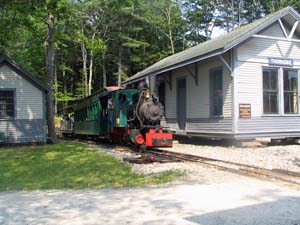
Boothbay, Me / Jul 2006 / RWH

Boothbay, Me / Jul 2006 / RWH
 Snapshots
Snapshots
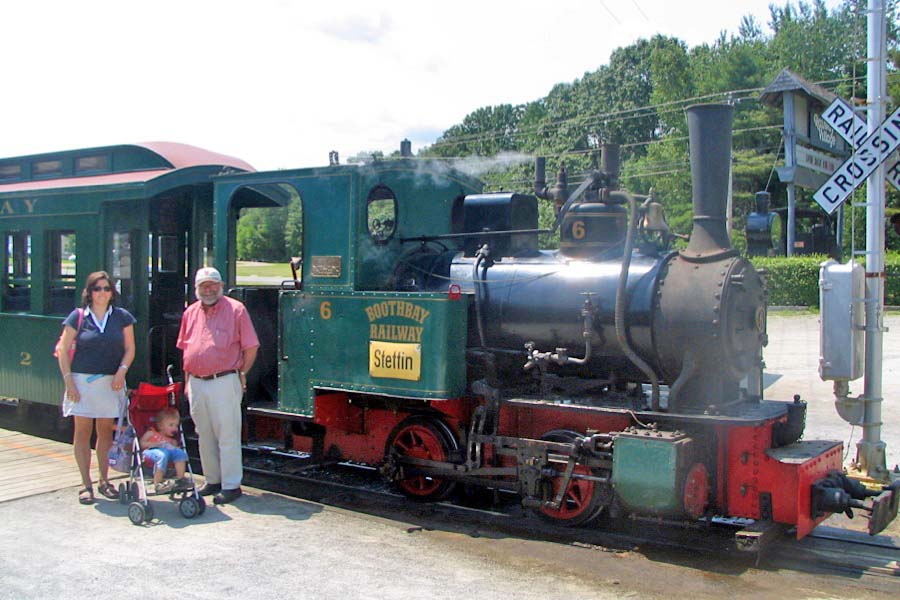
family and Tom Ledford / Boothbay, Me / Jul 2006 / RWH
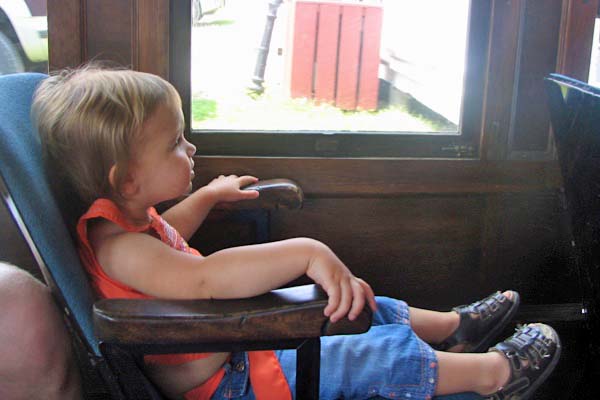
Boothbay, Me / Jul 2006 / RWH

Boothbay, Me / Jul 2006 / RWH
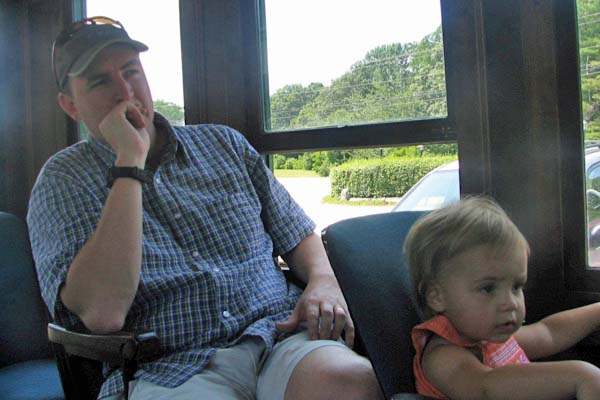
Boothbay, Me / Jul 2006 / Elizabeth Hawkins

My family and I spent two weeks of summer 2006 along the lower coast of Maine, and three helpings of Maine narrow gauge steam suited me just fine. The first helping was the Boothbay Railway Village, where we caught up with my Virginia railfan buddy Tom Ledford (pictured above). The BRV German well tanks are great little engines, and the Village has kept them in fine form over the years. The wooden closed coach was handmade by a Maine boat builder in the mid 1960s. Though the trip is short, a ride around the Boothbay loop is well worth it -- several times.
Links / Sources
- Boothbay Railway Village website
- Wikipedia article on Henschel & Sohn locomotives


